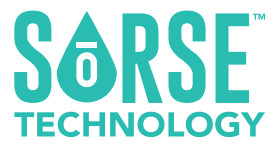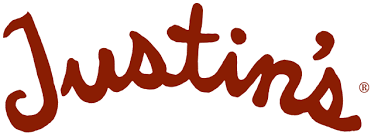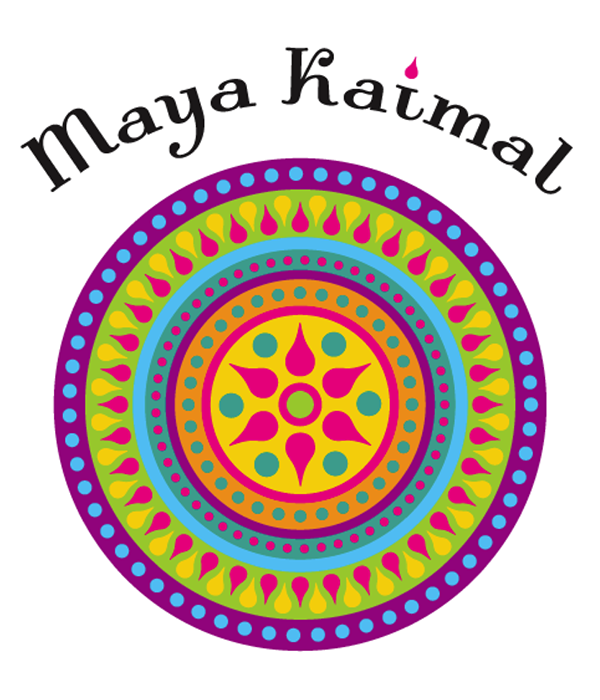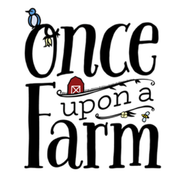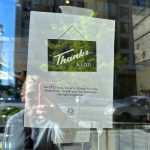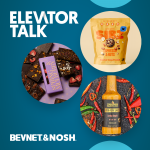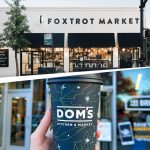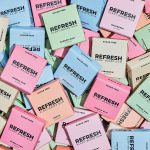With New Launches, Once Upon a Farm Hopes to ‘Help Out the Lunch Box’
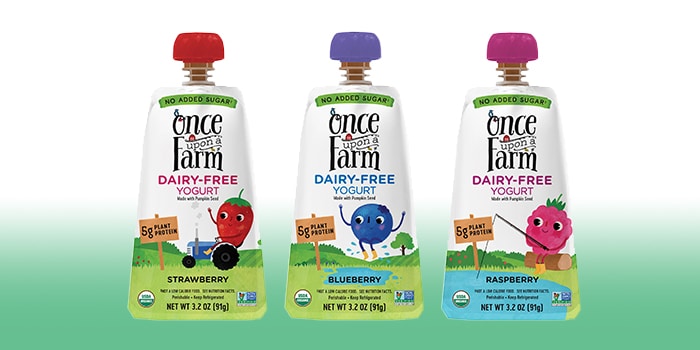
The yogurt, which will hit retailers in May, will launch in Strawberry, Blueberry and Raspberry flavors in 3.2 oz pouches that will retail for $2.79 each. The 6 oz smoothies, which launched last month, retail for $2.99 in four varieties: Banana Berry, So Strawberry, Red Raspberry and Perfectly Pineapple. Both products are nut free and school safe, and utilize pumpkin seed protein.
Co-founder and actress Jennifer Garner, herself a mother of an 8, 11 and 14 year old, has been eager for the brand — which includes HPP baby food, fruit and veggie pouches, smoothie pouches and apple sauce in its existing product range — to age-up and “help out the lunch box.” With this goal in hand, given that many of its existing products were already sold out of the dairy category, yogurt seemed like the right next step, co-founder and CEO John Foraker said.
The $2.4 billion yogurt category has experienced flat sales over the last year, he noted. However, he added, there are bright spots with both plant-based offerings — which the company said represents 3%-4% of yogurt and is growing 25% year-over-year — and children’s offerings — which represents 10% of the category and is growing by 7% — seeing momentum.
“There are a lot of people going at this,” Foraker acknowledged. “But we think we have a combination of the best product, the best brand and the best positioning against kid and plant-based.”
Forker has previous experience within the category; he served as CEO of Annie’s during its launch of a children’s yogurt line under the auspices of parent company General Mills. That line did not meet expectations and was soon discontinued. Foraker said the issue was that line was a “me-too product” trying to take on Stonyfield, whereas OUAF’ yogurt offers parents innovation.
The launch of the yogurts follows the brand’s introduction of a bottled smoothie line last month at 2,500 retailers including Target and Kroger. The products have a thinner consistency than OUAF’s pouched smoothies, allowing for easier drinking, and the addition of protein.
“Everyone is always looking for how to get protein into a lunch box,” Garner said. “At so many schools you can’t pack peanut butter and that’s the lunch box staple. Pumpkin seeds are easy to digest and they are a complete protein with all nine essential amino acids.”
Expanding to a new target is never without risks, but according to Foraker, research showed that a “significant” amount of adults and older children were already consuming the brand’s products. He added that the company’s established brand equity and solid sales base ($20M of trailing 12-month consumption) also showed the brand was ready.
“Part of what’s been fun is realizing that food is food if it’s good,” Garner said. “If you make baby food that’s delicious then it doesn’t matter.”
Along with launching new innovation, Once Upon a Farm has also had to go back and rethink some of its previous offerings and strategies. At Expo West 2019, the brand debuted a new line of baby food purees that met the guidelines for the Supplemental Nutrition Program for Women, Infants, and Children (WIC). Next month, the brand will shift the purees from a 2-pack to a single-serve cup priced at $1.29 per unit. The refreshed line, which previously was merchandised in the dairy set (unlike many other WIC products), will also now be geared towards retailers with in-aisle baby food coolers.
The strategy for these branded coolers has also shifted slightly with the company being more “selective” about where it chooses to invest in placing them. Once Upon a Farm currently has coolers in a variety of retailers including select locations of Target, New Seasons, Whole Foods and Walmart. Because consumers are looking for fresh snacking in the petermeter of the store, in the future the coolers will be primarily for baby food products, with other items sold out of the dairy case. The latter is ultimately expected to represent the bulk of the company’s revenue.
“If you were to look at the first year of messaging it was really important that we establish credibility with the DNA of our brand, which is really at its core, baby,” Foraker said. “But more and more of our communication over the last year has been evolving to older kids and to moms.”

